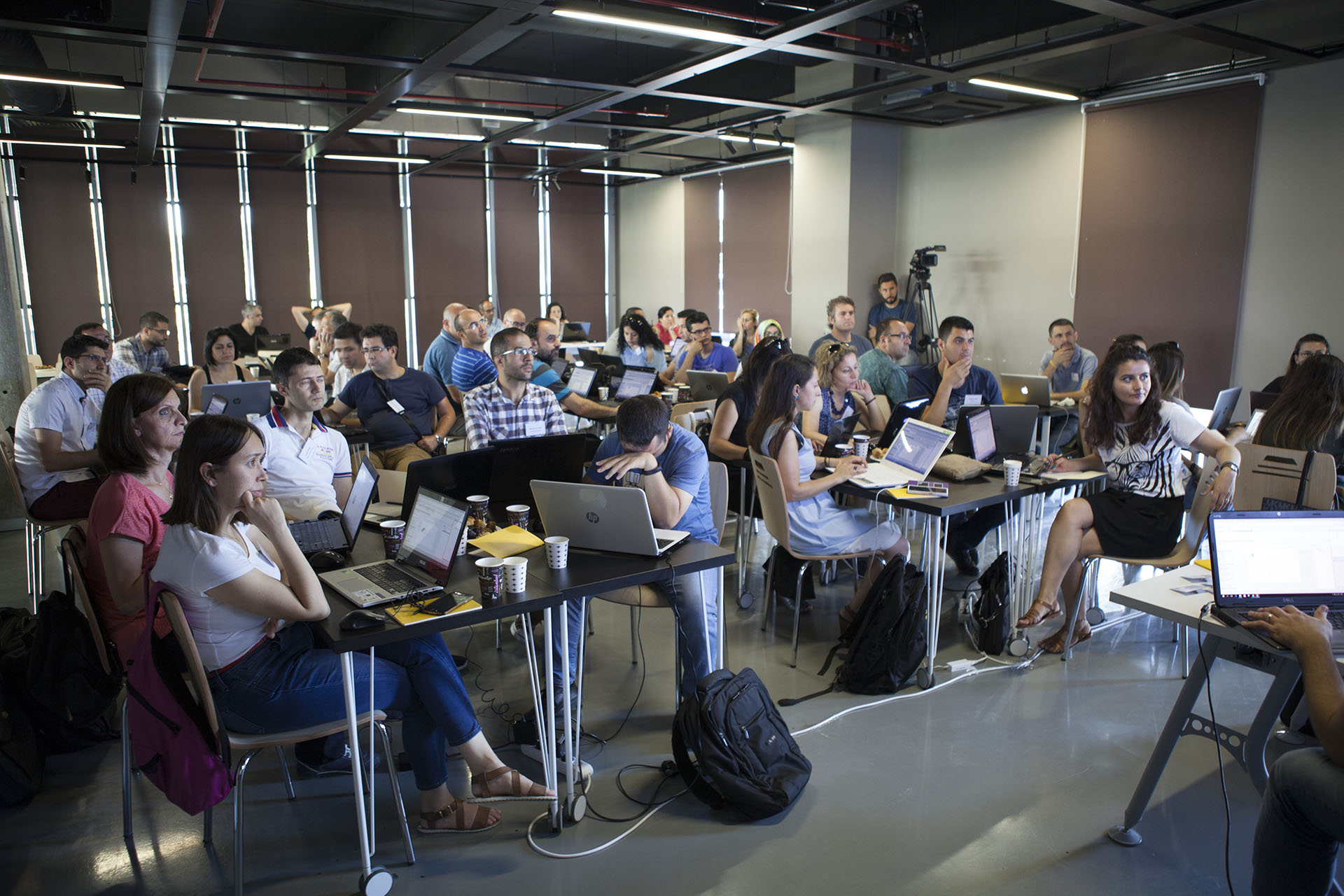Project Definition
VFAB has developed as a drag-drop interactive digital content creating a tool where students can create interactive media such as stories, games, and animation.
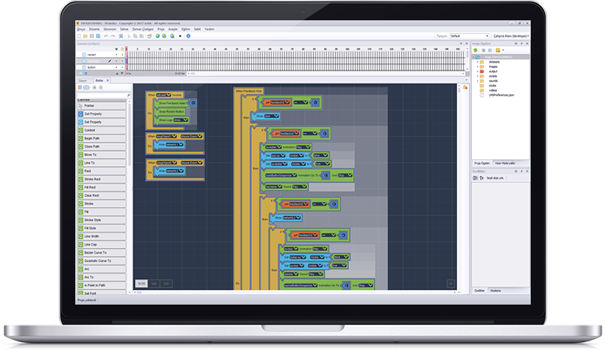
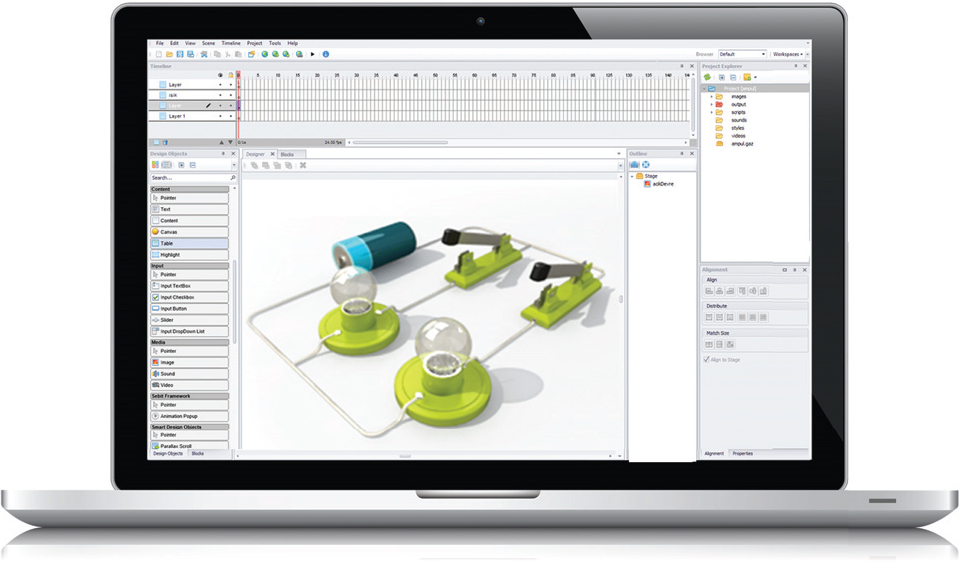
By using coding tools, students learn to think creatively, work collaboratively, and reason systematically. Learning code supports students to have critical skills such as creativity, writing, math, and self-confidence.
With VFAB, our aim was to help students for developing qualities like perseverance and organization while exploring sample codes of fun coding activities tailored to their interests.
The Challenge
In the education market, there are lots of similar tools already exist for schools and students. I prepared competitor analysis in order to differentiate these tools and create a scope for usability advancements, drag-drop functionalities and additional coding related features. Another major challenge was creating an engaging experience for the teachers and students who have limited coding skills.
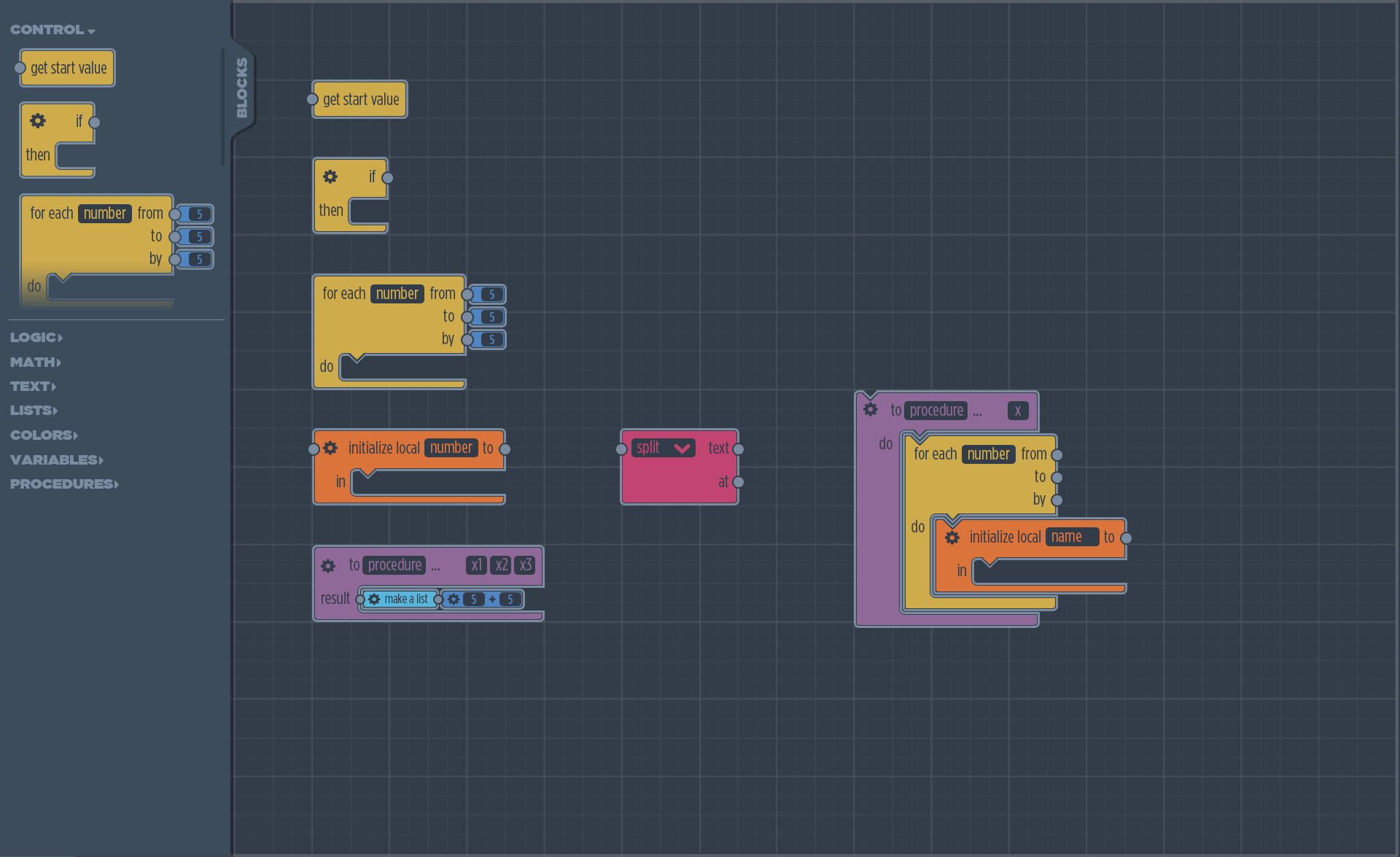
My Role
My role was by working with frontend developers, understanding scratch based programming logic and creating a user experience and user interface supports this approach. I facilitated workshops with software developer, in order to breakdown processes and clarified coding scenarios.

The Approach
Young students who access computers are consumers, rather than designers or creators. Creating an engaging application for the creation of computational artefacts prepares young people for more than careers as computer scientists or programmers. It supports young people’s development as critical thinkers – individuals who can draw on computational concepts, practices, and perspectives in all aspects of their lives, across disciplines and contexts.
Coding emphasizes the knowledge, practices, and fundamental literacies that young people need to create the types of dynamic and interactive digital content that they support their development.
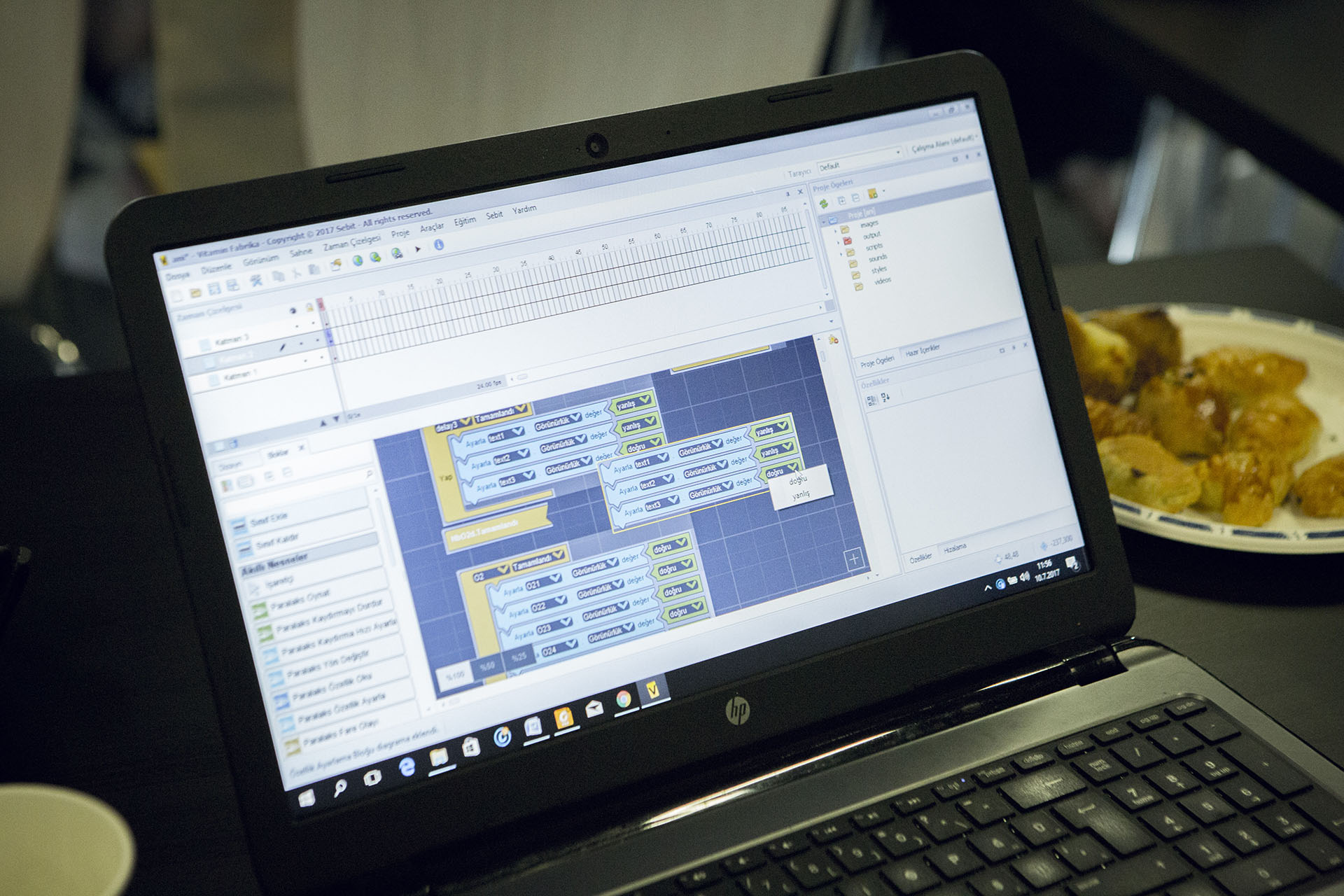
Problems and Solutions
VFab was designed for teachers to develop their own interactions and to implement collaborative projects to work on with students. In VFab, interactive content can be easily developed just by using the “blocks”, which correspond to certain operations in computer language, without writing even one single line of code. Interactions designed in VFab are converted on HTML5 and operate on all browsers and devices, even after the browsers are updated.
Impacts
In order to test our user scenarios, usability problems we held a series of workshops with public and private schools’ teachers. According to their feedback and requests, we continuously update our product.
